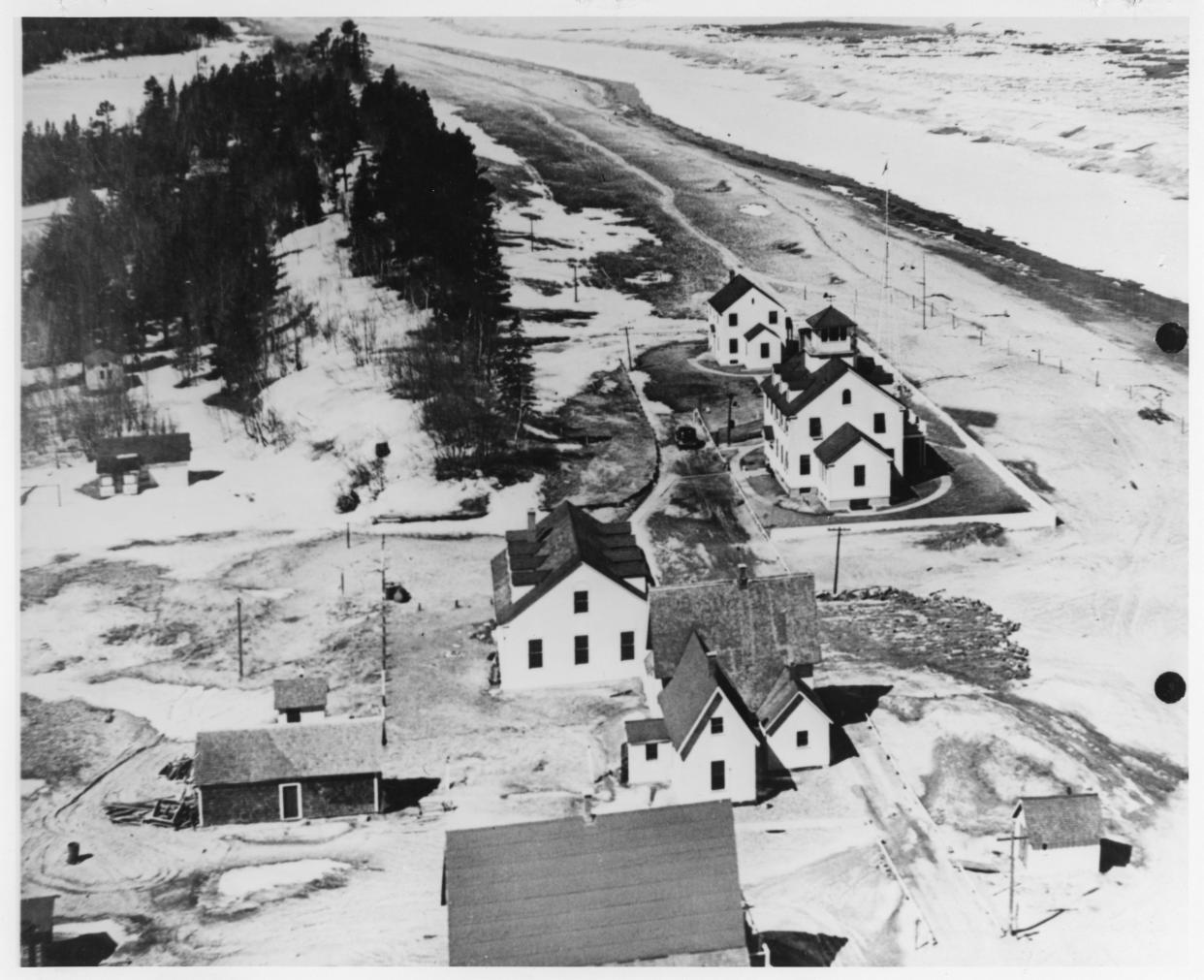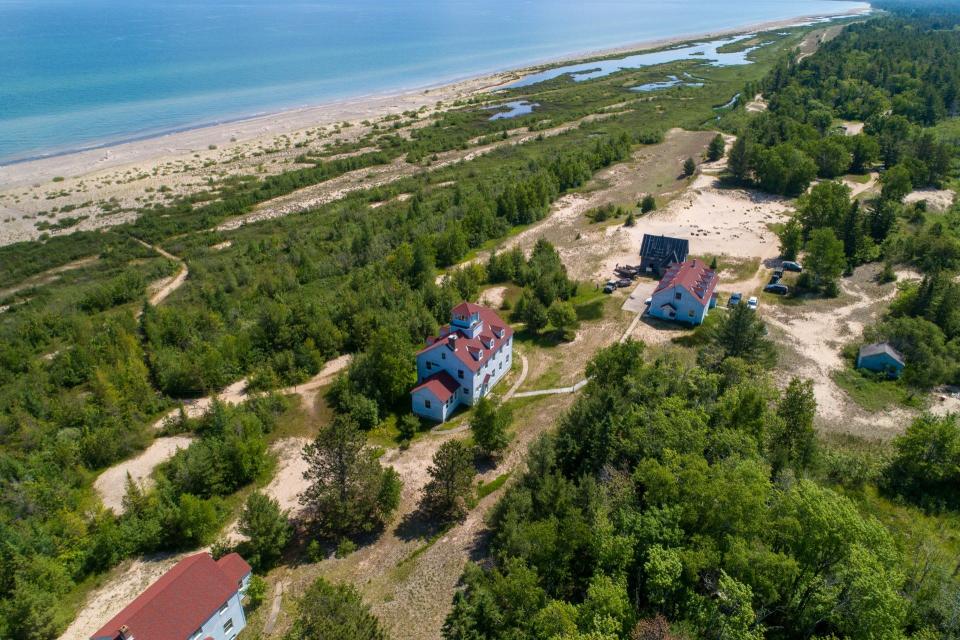Explore the life-saving history of Vermilion Point with newly reprinted book

CHIPPEWA COUNTY — Upper Peninsula history buffs can help support the preservation of one of the most interesting sections of shorelines in the state.
The Little Traverse Conservancy is supporting the re-release of a book about Vermilion Point, one of the most popular nature reserves in the region. The area is home to endangered species and a historic structure once used as a rapid response station.
All proceeds from the purchase of the reprinted book will go to the Vermilion Endowment Fund, which was established to provide for the care, conservation, maintenance and upkeep of the preserve.
Vermilion Point has a long history, with the Life Saving Station constructed in 1876, just a few years after the construction of the Soo Locks. The station was intended to monitor Lake Superior as more and more commercial and personal marine traffic plied the waters.
"The shipping industry was becoming a lot more robust and in these times, there were more shipwrecks, and not the same kind of navigation to go help people," said Anne Fleming, director of communications for the Little Traverse Conservancy. "This was a special group of people that were willing to live out there and work, but they put their own lives at risk."
For decades, the people stationed at Vermilion Point responded to emergency calls and fished people out of the water. In the 60 years it was in service, the station responded to 1,003 calls and saved over 900 lives.

In 1915, the government funded "life-saving" service was merged with the Revenue Cutter Service and the United States Coast Guard was founded. For 20 more years, the Coast Guard maintained a presence on the shore until the buildings were closed in 1935.
The buildings at Vermilion Point were saved by a private owner and eventually sold to the Little Traverse Conservancy, which maintains the property to this day.
The life saving station of Vermilion Point is the only surviving structure and the only remaining example of Lake Superior Type architectural style still standing. It is still maintained as a historical building and local history buffs have been working for years to help tell the story of the station through the Vermilion Endowment Fund.

The history of the station was first documented in "Life on a Lonely Shore" by Ed Canfield and Tom Allan in 1991 with a second printing in 2001. The book tells hundreds of stories from the long history of the life saving station, including not just shipwrecks but how people managed to live so far from civilization.
"It tells you about some of the shipwrecks and who survived. It talks about families living out there. It talks about how they had to get their supplies, sometimes by dog sled," said Fleming.
The book had been out of print for many years, but the new edition will continue to support the endowment fund and Vermilion Point preservation efforts.
The book is available at most outlets and also the conservancy’s online store at landtrust.org.
— Contact Brendan Wiesner: BWiesner@Sooeveningnews.com
This article originally appeared on The Sault News: Explore the life-saving history of Vermilion Point with newly reprinted book

